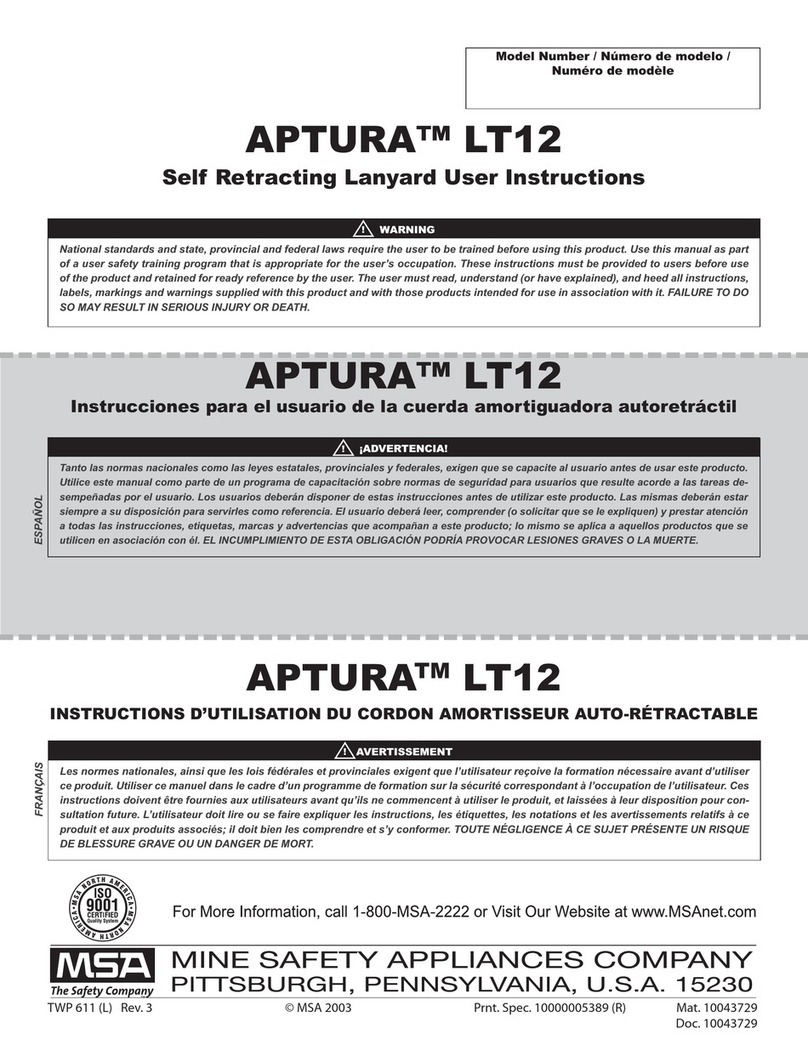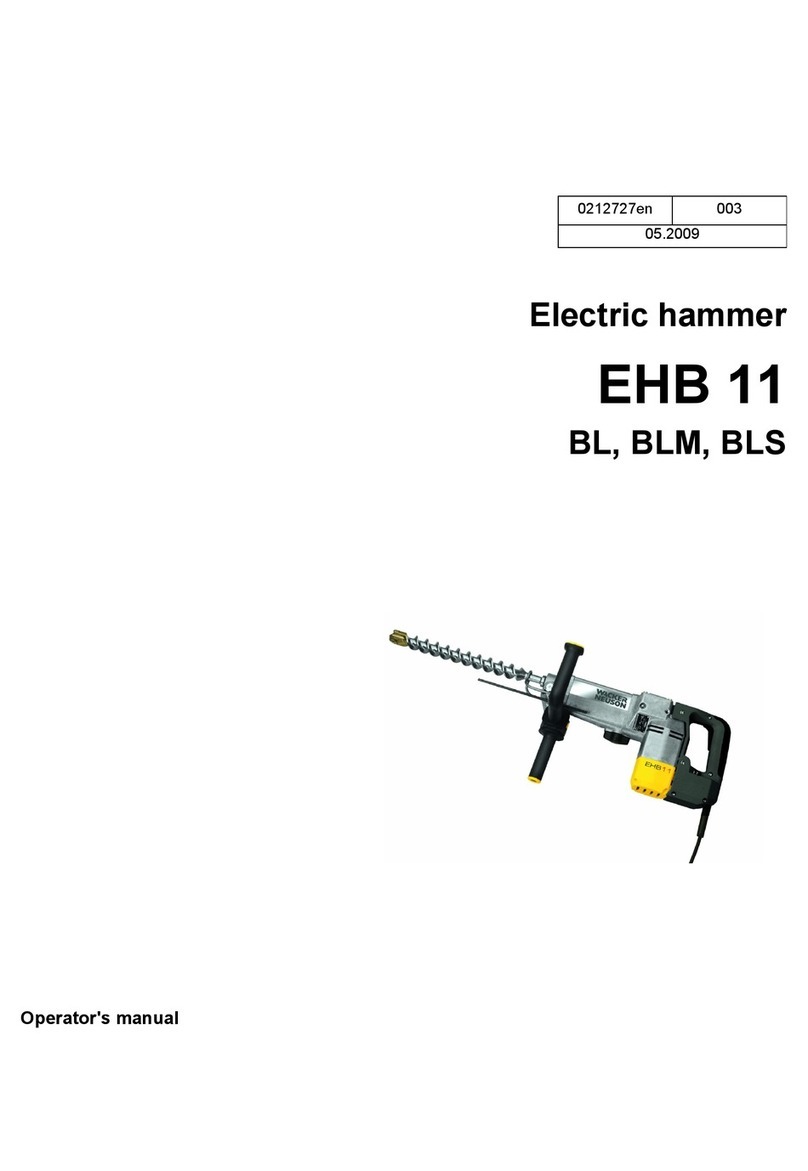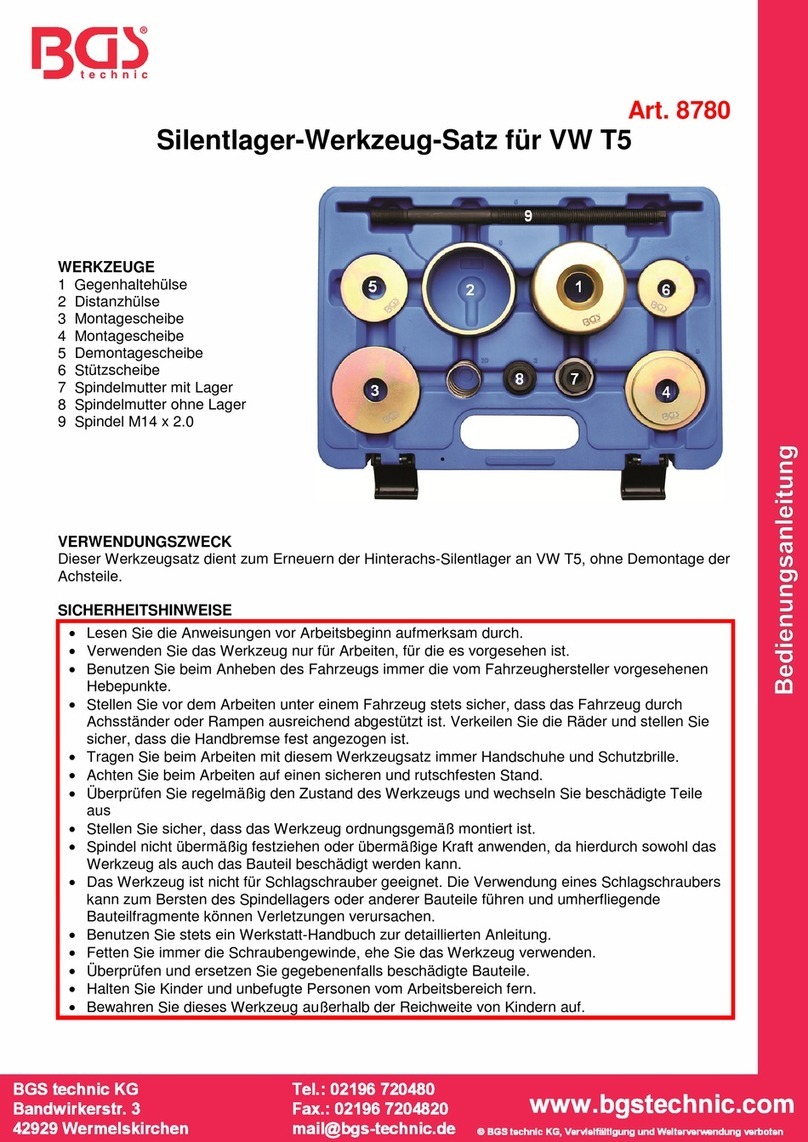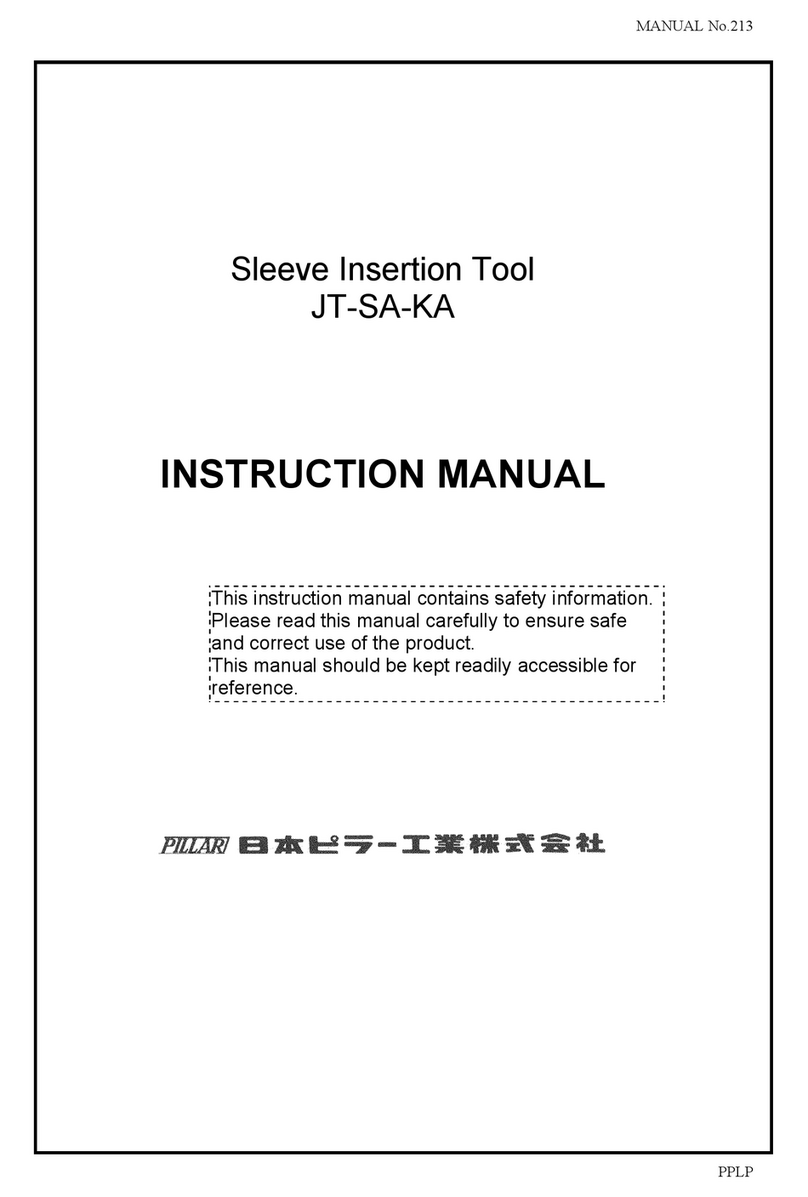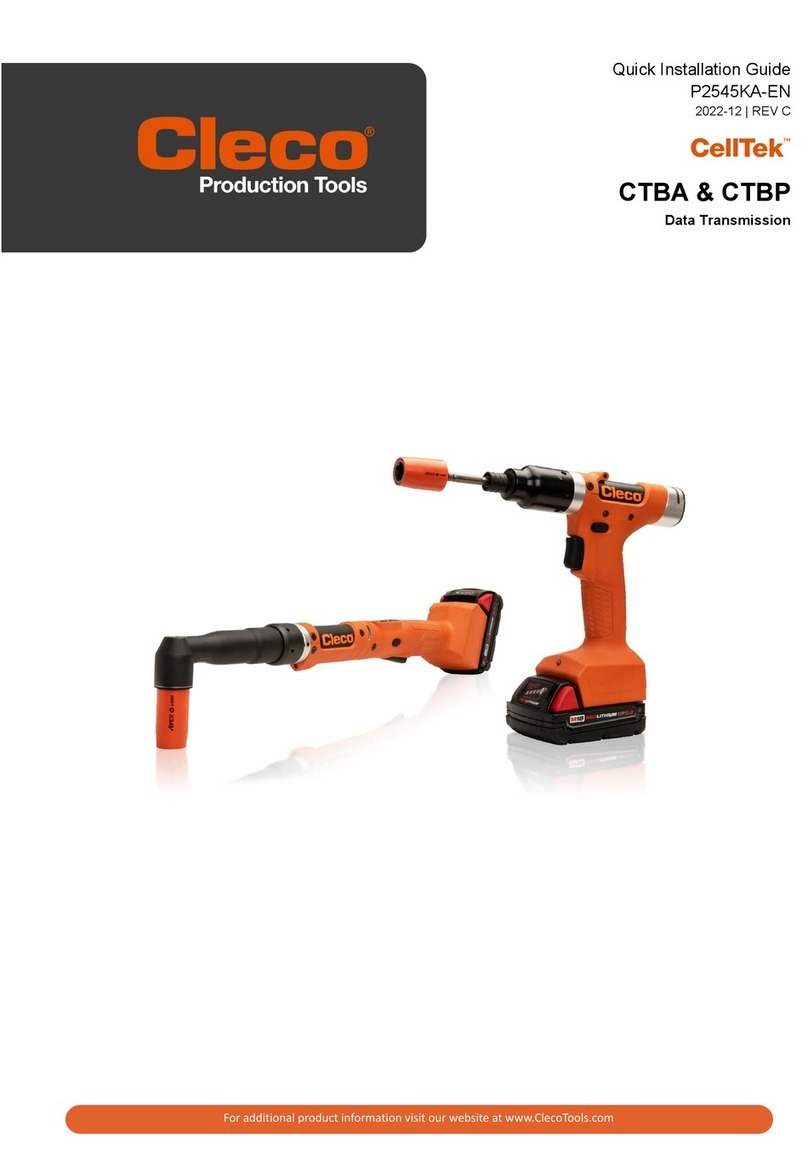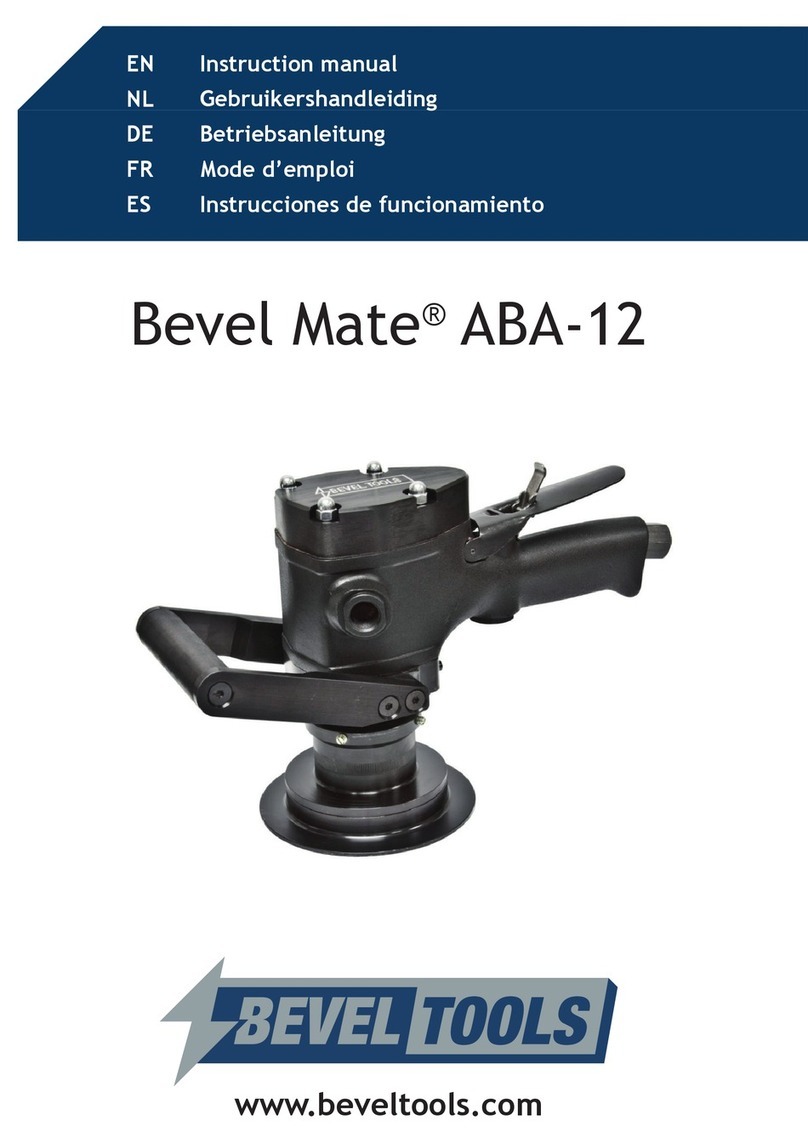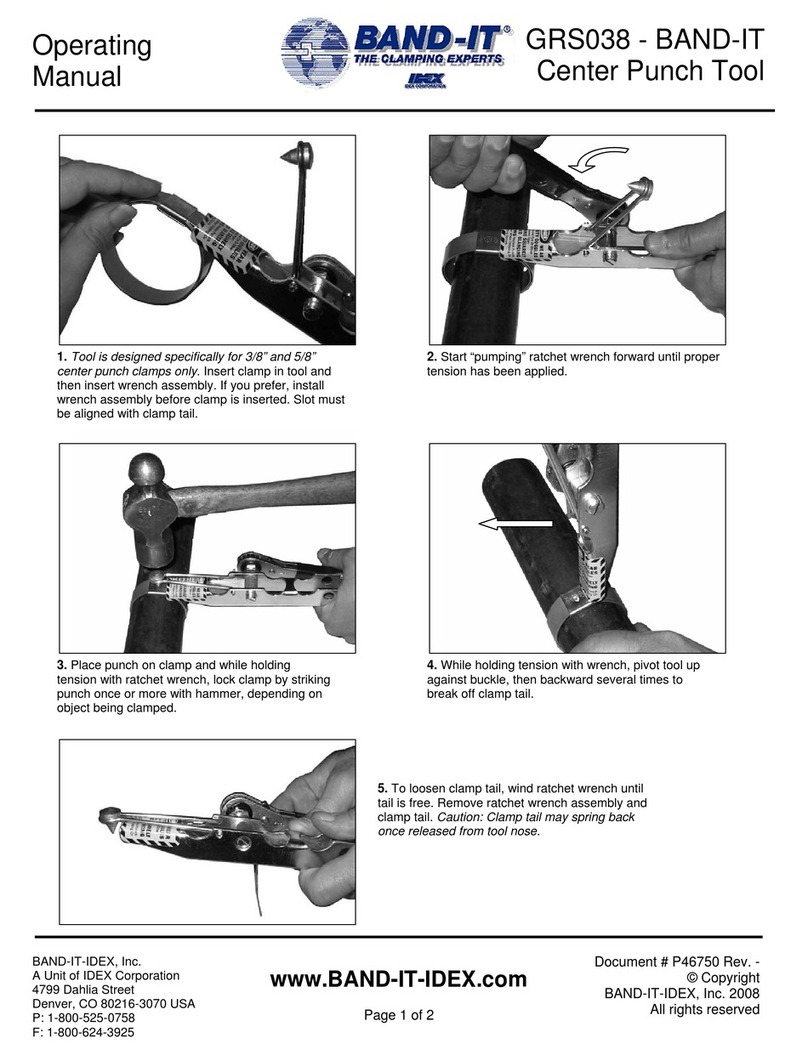ST&G L1322 User manual

ST&G USA Corp. Phone: (714) 524-0663
2691 Saturn St. Fax: (714) 364-8113
Brea, CA 92821 www.stngco.com
i-02
Instructions for L1322
Polycentric Pneumatic 4 Bar Knee
With Manual Lock

1. Description and purpose
These instructions are for use by the practitioner.
The L1322 knee is to be used exclusively
as part of a lower limb prosthesis.
Recommended for amputees K2 to K3.
Weight limit for a user is up to 125kg / 275lbs
.
Contra-indications
Residual muscular weakness, contractures or proprioceptive
dysfunction including poor balance.
Contra lateral joint instabilities or pathology
Complicated conditions involving multiple disabilities
Product Code
L1322
Polycentric Pneumatic 4-Bar Knee (Aluminum)
125kg
275lb
Ensure that the user has understood any IFU (Instructions For
Use), drawing particular attention to the safety information.

Fig. 1 (a) Posterior View (b) Anterior View c) Lateral View
2. Construction
Principal Parts
Frame Aluminum Alloy, Brass, Stainless Steel, Steel
Knee Aluminum Alloy, Stainless Steel
Knee control Various materials principally Aluminum Alloy, Stainless
Steel, Poly Urethane, Pneumatic Cylinder

The Caution symbol highlights safety information which must be
followed carefully.
Be aware of finger trap hazard at all times
Any changes in performance of the knee e.g. instability or lag in transition
from full stance flexion moment to full knee extension moment in the
knee should be immediately reported to the Clinician / Practitioner
Any excessive changes in heel height may adversely affect the stability of
the knee.
The user should be advised to contact their Clinician / Practitioner if their
condition changes.
4. Safety Information
3. Function
Adjustable extension assist
Independently adjustable pneumatic flexion and extension resistances
Pyramid mount
30mm Distal Tube Clamp
Built-in bearings which allow for ultra smooth walking movement
Frame construction of superlight aluminum alloy
Anterior mounted manual lock for full extension position
Always use a hand rail when descending stairs and at any other time if
available.
Manual Lock feature only intended for temporary circumstances in fully
extended position!

5 Maintenance
Maintenance must be carried out by qualified personnel.
Bi-Annual inspection to be sure brake function is satisfactory is recommended.
Check for visual defects that may affect proper function.
A loaner system is available should servicing be required.
The wearer should be advised:
Any changes in performance of this device must be reported
to the Clinician / Practitioner.
Changes in performance may include:
Inability to lock during weight activation
Any unusual noises
Cleaning:
Use a damp cloth and mild soap to clean the outside surfaces.
DO NOT use aggressive cleaning agents.
DO NOT use any petroleum lubrication on pivots or brake mechanism as this will void the
warranty and render the brake mechanism non-functional.
If the limb/knee comes into contact with salt or chlorinated water, it
should be rinsed with fresh water and dried.
6 Limitations on use
Intended Life:
Service life of the product is covered by the warranty period (2 year)
This product is recommended for use with other ST&G Products.
Lifting Loads:
Amputee weight and activity is governed by the stated limits.
Combined amputee, and carrying load, should not be at, or exceed stated weight limit.
Environment:
Avoid abrasive environments such as those containing sand for example as
these may promote premature wear. Avoid contact with talcum powder.
Operating and Storage Temperature Range: between temperatures of -10˚C to 50˚C [14˚F
and 122˚F]
Do not submerge or use in wet environment.
Avoid dusty environments.

7. Alignment and Set-Up
Users be aware of potential finger trap hazard
Fig. 2a
Fig. 2b
Fig. 2c

Note: 4-bar knees inherently are very stable due to the geometry built into each
design. This is commonly referred to as the Instant Knee Center (IKC). The IKC
point when doing bench alignment, will fall behind the traditional TKA line that we
will reference. (Fig. 2a,2b) Tg line in Fig. 3 is ideal placement, but in certain
instances, it may be necessary to accommodate placement anteriorly (0 to
10mm). The Tg line is referencing a moving A/P weight bearing line, so it could
be slightly anterior or neutral.
a) With prosthesis assembled, taking into account hip flexion contractures,
abduction, Line Of Progression, and toe out (Fig.2a), the TKA plumb line should
pass through the knee center (center of proximal/anterior pivot Fig.2a, 2b) and in
front of the K point (IKC).
NOTE: Take into account shoe heel height, and add 3mm safety factor.
b) Ideally, the pylon connecting the knee and foot should end up vertical. There
may be a variance due to the foot alignment recommendations. In this case, the
maximum anterior tilt of the pylon should not exceed 3 degrees, and it may be
necessary to utilize 1222T offset tube clamp adapter.
c) With prosthesis donned, the weight line should pass through the centerline of
the knee in the Coronal or M/L plane (Fig. 2c). Excessive outset or inset will put
undue stress on the knee joint.
d) With prosthesis donned, the weight line for Sagittal or A/P plane should have
the plumb line passing ideally through the knee center (proximal anterior pivot),
and be perpendicular to the ground. (Fig. 2a, 2b)
7.1 BENCH ALIGNMENT:
It is not recommended to have alignment posterior to the reference line,
as it could cause knee instability!

8 Knee Adjustment
8.1 Flexion / Extension Adjustment
Extension Resistance Adjustment: (Figure above right)
Using a 2.5mm hex wrench, turn Extension adjustment screw:
Clockwise increases knee extension resistance.
Anti-clockwise reduces knee extension resistance.
Flexion Resistance Adjustment: (Figure above left)
Using a 2.5mm hex wrench, turn Flexion adjustment screw:
Clockwise increases knee flexion resistance.
Anti-clockwise reduces knee flexion resistance.
Swing Phase Pneumatic setting is pre-set from the factory. Extension or flexion
adjustment is only needed if the clinician finds the wearer shows a need for
higher or lower walking speeds.
Swing Phase Control Adjustment: It is advisable to adjust flexion before extension
for optimum walking symmetry. If needed, please follow directions below.
Ensure full knee extension occurs before performing extension adjustment.
Use following procedure only if there is a need to adjust extension or flexion:
•1) Turn extension screw counter-clockwise to lowest resistance - then
•2) Turn the flexion screw clockwise to set to highest resistance
(Do not over tighten if screw has resistance, or bottoms out –damage may
occur and void warranty!)
•Incrementally loosen (counter-clockwise) the flexion screw to adjust heel lift;
•Incrementally tighten (clockwise) the extension screw to smoothly stop
extension.
Adjust Extension
screw with
2.5mm hex
wrench
Adjust Flexion
screw with
2.5mm hex
wrench
For more info on Pneumatic adjustments, refer to STNGCorporation on
youtube for relevant video material

8.2 Manual Lock Lever
Note: Manual lock only
works with knee if full
extension!
Unlock position is to the
right and down
Locked position is in the
upper most resting notch
position to the left
Use a small screw driver to pick out
the rubber bumpers on the back of
knee head. Apply glue to new ones
and insert back into knee head.
Use a small screw driver to pick out
the extension stop rubber bumper on
knee level adjusting screw. Insert
new one into slot.
9 Maintenance of Knee Unit
9.1 Servicing Flexion and Extension Stop Bumpers

10 Technical Specification
Operating & Storage Temperature Range: -10˚C to 50˚C ( 14˚F to 122˚F)
Weight: 875g
Recommended Activity: K2 to K3
Maximum User Weight: 125kg (275lbs)
Maximum flexion angle: 135 degrees
Proximal Alignment attachment: Male Pyramid
Lock Mechanism Manually positioned lever
Distal Alignment attachment: Tube Clamp
Tube clamp torque setting: 12Nm
Pyramid Build Height to KC: 28mm
Build Height: 169.3mm
Materials: Aluminum Alloy, Stainless Steel, Steel, Rubber

CE Conformity
This product meets the requirements Council EU 2017/745 (EU) for medical
products. This product has been classified as a class I product according to the
classification criteria outlined in appendix IX of the guidelines. Please keep this
manual in safe place for future use.
Useful Life
Service life of the product is covered by the warranty period.
Disposal
The device and its packaging must be disposed of in accordance with respective
national/local environmental regulations.
10 Warranty
Warranted for 2 years from the date of invoice by ST&G.
The user should be aware that changes or modifications not approved will void the
warranty.
11 Liability
The manufacturer recommends using the device only under the specified conditions
and for the intended purposes. The device must be maintained according to the
instructions for use supplied with the device. The manufacturer is not liable for
damage caused by the component combinations that were not authorized by the
manufacturer.
L1322IFU REV. E (07-17-23)
Table of contents
Popular Tools manuals by other brands

PROPOINT
PROPOINT Pistol-Grip Grease Gun instructions
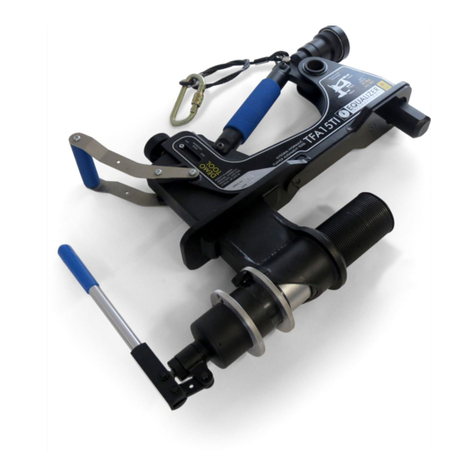
Equalizer
Equalizer ELPTP50 Operator's instruction manual

Traditional Tool Repair
Traditional Tool Repair DTP-100UL operating instructions
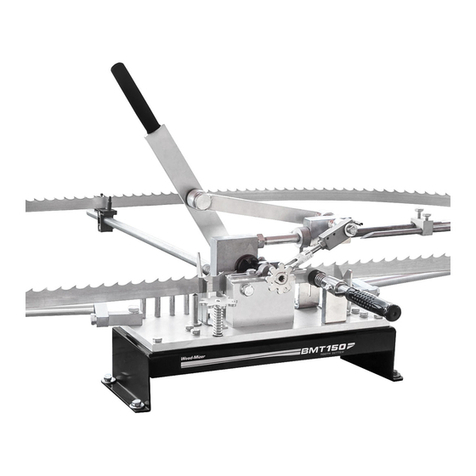
woodmizer
woodmizer BMT150 Safety, Operation, Parts & Maintenance Manual
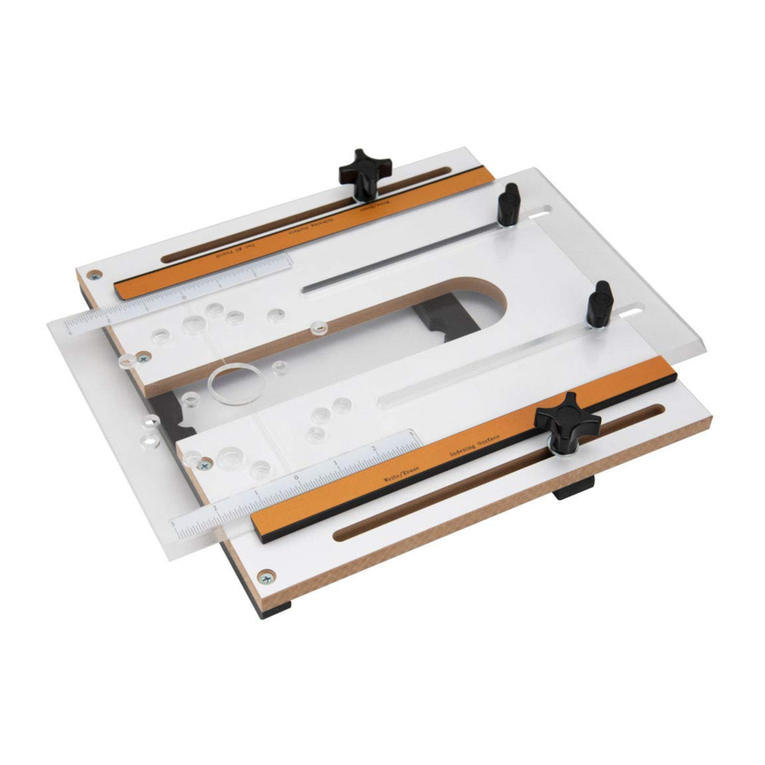
Power Tec
Power Tec 71399 instruction sheet
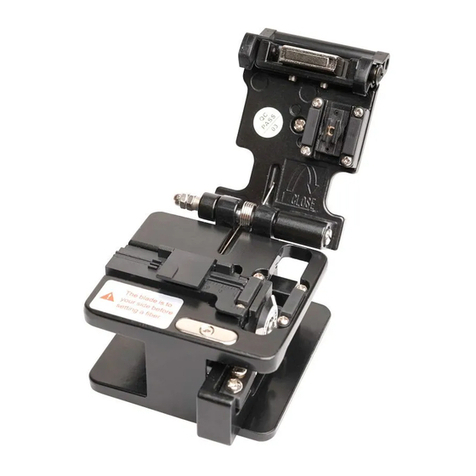
Pro's Kit
Pro's Kit FB-1601/ FB-1602 user manual

